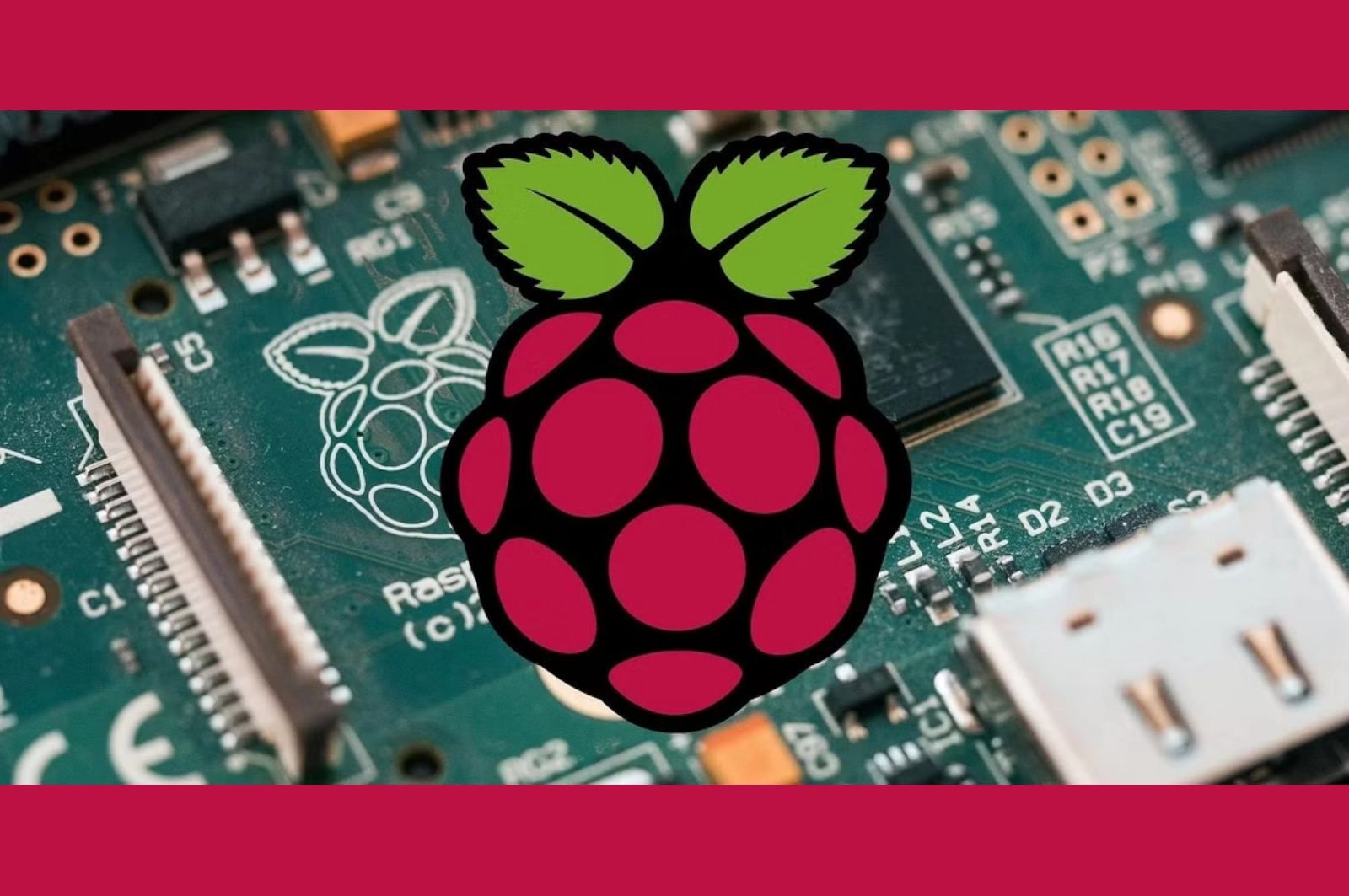

This beginner-friendly guide walks you through setting up your Raspberry Pi from scratch. Learn how to flash the OS, configure the device, and connect it to a desktop using HDMI or remotely via VNC. Perfect for hobbyists and learners eager to explore comp
Have you ever wanted to build your own smart project, run a lightweight server, or learn Linux hands-on — all on a small, affordable computer? The Raspberry Pi makes that possible. In this comprehensive guide, we’ll take you through every step — from unboxing your Pi to setting it up with a desktop display or remotely using VNC.
Whether you’re a student, hobbyist, or tech enthusiast, this guide will help you get your Raspberry Pi up and running with confidence.
The Raspberry Pi is a credit-card-sized computer designed for learning, prototyping, and exploring embedded systems. It has a CPU, RAM, USB ports, HDMI output, and WiFi/Bluetooth capabilities — everything you need to start computing.
IoT and robotics projects
Web or file servers
Learning Python, Linux, or shell scripting
Running media centers (Kodi)
Creating dashboards or smart home systems
| Component | Description |
|---|---|
| Raspberry Pi board | Any model: Pi 4, Pi 3, Pi Zero, etc. |
| microSD Card | Minimum 16 GB, Class 10 or higher |
| SD Card Reader | For flashing the OS using your PC |
| Power Supply | Official Raspberry Pi adapter is recommended |
| HDMI Cable + Monitor | For connecting to a display |
| USB Keyboard and Mouse | Required for desktop mode |
| Internet Connection | WiFi or Ethernet |
| Optional Accessories | Case, heatsinks, USB hub, camera module |
Download and install the Raspberry Pi Imager for Windows, macOS, or Linux.
💡 Tip: This tool handles everything – downloading, flashing, and formatting.
Insert your microSD card into your PC.
Launch Raspberry Pi Imager.
Click:
Choose OS → Select Raspberry Pi OS (32-bit)
Choose Storage → Select your microSD card
Click Write and wait until the process completes.
📸 Screenshot suggestion: Raspberry Pi Imager screen showing OS and storage selected.
Insert the flashed microSD card into the Raspberry Pi.
Connect HDMI, keyboard, mouse, and power.
Raspberry Pi will boot into the Welcome Wizard:
Set country, language, and time zone
Change default password (pi user)
Connect to WiFi
Update the software (recommended)
⚠️ Tip: Updating during setup might take 10–20 minutes.
To use Raspberry Pi like a regular computer:
Connect one end of an HDMI cable to your Raspberry Pi and the other to your monitor.
Plug in a USB keyboard and mouse.
Boot the Pi — you’ll see the desktop GUI.
💡 Use micro-HDMI on Pi 4 and mini-HDMI on Pi Zero models.
To access Raspberry Pi's desktop from your laptop:
Navigate to Interface Options → VNC → Enable
Download VNC Viewer from: https://www.realvnc.com/en/connect/download/viewer
Find your Pi's IP address using:
Open VNC Viewer → Enter IP address → Log in with Pi credentials.
🔐 Optional: Enable SSH for Terminal Access
If you prefer command-line access from your PC:
Run sudo raspi-config on your Pi
Enable SSH under Interface Options
From your computer (Linux/Mac):
Windows users can use PuTTY or Windows Terminal with SSH.
Run the following commands regularly:
💡 Tip: An updated system ensures better performance and security.
Here are some fun and practical projects:
| Project Idea | Description |
|---|---|
| Create a personal web server | Use Flask or Node.js |
| Build a weather monitoring system | Use sensors and APIs |
| Make a retro gaming console | Install RetroPie |
| Host a dashboard for IoT data | Combine MQTT, charts, and web UI |
| Learn Python or Bash scripting | Build automation scripts |
| Problem | Solution |
|---|---|
| No HDMI display | Check cable, input source, or try a different monitor |
| Can’t connect to WiFi | Recheck SSID/password or use Ethernet |
| Forgot Pi's IP address | Run hostname -I or check router’s DHCP table |
| VNC not connecting | Ensure it's enabled and the IP is correct |
Your Raspberry Pi is now set up and ready to be anything you want it to be — a server, desktop, automation tool, or learning platform. This compact computer has huge potential, and now you're ready to explore it.
Whether you prefer working with a monitor (HDMI) or controlling it remotely (VNC or SSH), the Raspberry Pi gives you flexibility and power to build amazing things.
(3) (0)
No comments